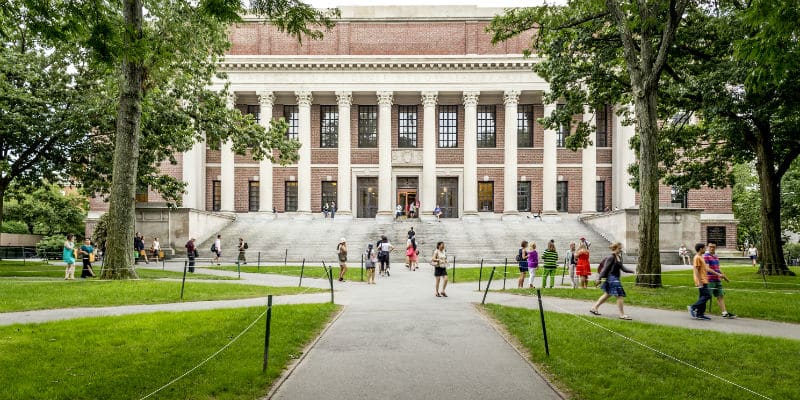A new school year is starting on campuses across America, full of excitement. But how will reality measure up against the expectations of the 20 million students enrolled in U.S. institutions of higher education? Perhaps not well.
For many of them, college will end with a fizzle rather than a bang: more than 40 percent of full-time students won’t find their way across the graduation stage; for those enrolled part-time, a mere fifth can expect to graduate within eight years. Most students will take on some debt to finance their education, and those loans will become a financial albatross for many students. For every three new degree-holders created during this school year, one other unlucky graduate or dropout will default on their student loans, adding up to a million new defaults annually.
On average, college degrees continue to command a significant wage premium above a high school education, but persistent upticks in cost are gradually eroding the value of college.
So why does the cost of college continue to increase faster than the cost of most other goods and services, and far beyond the earnings of most Americans? For public schools, part of the equation is a shift away from state financing, pushing schools to rely more heavily on tuition revenues—although the relationship is not as clear cut as one might imagine.
The most compelling driver of college costs seems to be what innovation theorists like Harvard Business School professor Clayton Christensen term “sustaining innovations.” These are innovations that organizations employ to become more appealing to their most profitable, most high-end customers. In the context of college, this includes everything from expanded and upgraded facilities (which have driven an explosion in debt financing, depreciation, maintenance, and interest costs), to additional experiences, amenities, and services for students. Sustaining innovations predominate in most industries; they make products and services better, and thereby more competitive, but they also make them more expensive.
Disruptive models can make college radically affordable
Across industries, sustaining innovations help organizations stay competitive—until another type of innovation comes along. Disruptive Innovations are cheaper, simpler products and services that take root at the low-end of the market, often serving customers disregarded by more established industry competitors.
In higher education, business models are emerging that fit the disruption mold. One example is Western Governors University (WGU), which is growing at 20% annually, has raised tuition once in the past ten years (currently $6,500 per year), and as of this summer serves over 100,000 students. WGU primarily serves adult learners—not the prime market of 18- to 24-year-olds that more traditional colleges typically compete for—and provides those students with a radically different college experience.
WGU is entirely online, meaning that adults who are already juggling jobs and families don’t have to complicate their logistics with parking passes, student IDs, and fixed course schedules. Instead, students can move through WGU’s mastery-based curriculum at their own pace, spending more time on concepts where they struggle, and moving quickly through competencies they grasp more easily.
WGU eschews the one-size-fits-all, sage-on-the-stage educational model. Instead, their course instructors provide personalized instruction, meeting learners where they are. Students are also assigned a program mentor, who fulfills a traditional advising function, but also help students navigate non-academic issues that could pull them away from finishing their degrees. Unlike typical faculty at conventional schools, WGU faculty don’t engage in research or publishing; instead, they spend all of their time helping students learn and keeping them motivated.
WGU students finish school with less than half of the debt of the typical college graduate, and they repay their loans at far higher rates than the national average. What’s more, they report high satisfaction with their experience, and that the WGU education has prepared them well for the workforce.
The traditional business model of college—replete with grassy quads, red brick dorms, and lecturing professors—is familiar, but deeply broken and increasingly unaffordable. WGU is one of several new models cropping up across the higher education landscape that illustrates the potential of disruptive innovation to scale affordable, high-quality education to the students who otherwise would struggle to access college, creating win-wins for students, employers, and the nation.


